Constellations
The darkness becomes light. The sand of the beach turns into a celestial landscape, objects found on it become its constellations. An imaginary interstellar map revealing a history of our earth. The inventory looks like out of order. The size scales switch constantly. The very nature of the objects may be difficult to determine. The ancient rules and the classical boundaries between human, animal, vegetable and mineral dissolve into this cosmomorphic vision of the shore.
This project notably refers to the book Cosmomorphic metaphysics, the end of the human world (2015) by Pierre Montebello. This philosopher reflects on alternative ways of being to the destructive anthropocentric conceptions that have forged our relationship to the world and more broadly to the Universe. According to him, in a context where modes of being are multiplying, the notion of "world" comes to be reinterrogated. How can this group of beings be arranged to obtain a world that is "consistent" enough to be sustainable? How does humans articulate themself to this set of beings? It is a counterpoint to the dualism operated between consciousness and nature in metaphysics, until Kant. How can we get out of this split where culture, aesthetics, morality and intention are no longer part of nature? Thus we could move from an anthropomorphic to a cosmomorphic schema, where humans understand themself in the face of a world infinitely larger than themself. He specifies that this vision must be separated from the notion of anthropocene, because the latter is based on a uniquely human, Western epic. The story of the relationship between human and Earth should not be told like that. In a cosmomorphic world, each being belongs to a network of multiple relationships, where duality does not exist, where there is no separation from nature.
This project notably refers to the book Cosmomorphic metaphysics, the end of the human world (2015) by Pierre Montebello. This philosopher reflects on alternative ways of being to the destructive anthropocentric conceptions that have forged our relationship to the world and more broadly to the Universe. According to him, in a context where modes of being are multiplying, the notion of "world" comes to be reinterrogated. How can this group of beings be arranged to obtain a world that is "consistent" enough to be sustainable? How does humans articulate themself to this set of beings? It is a counterpoint to the dualism operated between consciousness and nature in metaphysics, until Kant. How can we get out of this split where culture, aesthetics, morality and intention are no longer part of nature? Thus we could move from an anthropomorphic to a cosmomorphic schema, where humans understand themself in the face of a world infinitely larger than themself. He specifies that this vision must be separated from the notion of anthropocene, because the latter is based on a uniquely human, Western epic. The story of the relationship between human and Earth should not be told like that. In a cosmomorphic world, each being belongs to a network of multiple relationships, where duality does not exist, where there is no separation from nature.


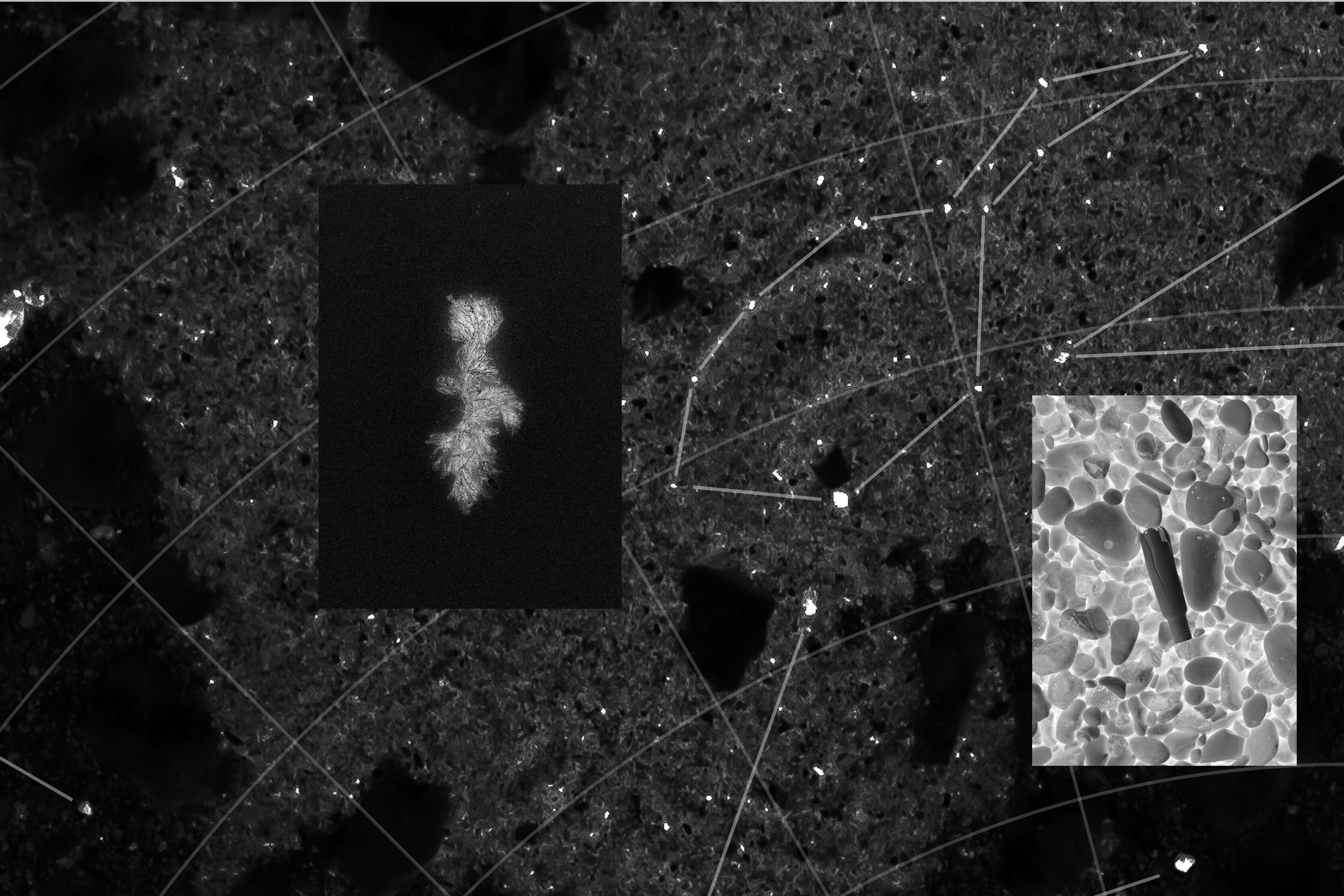

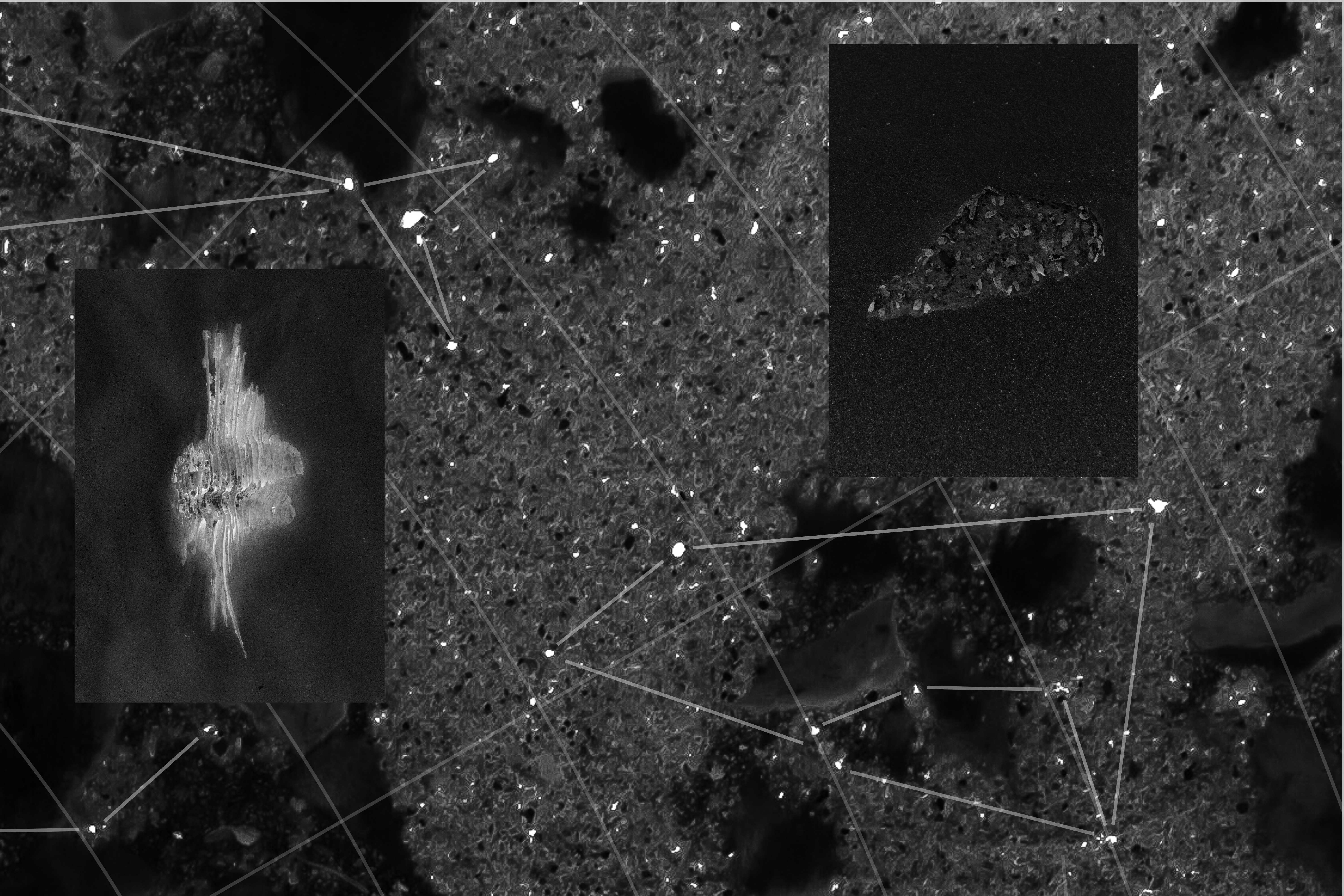

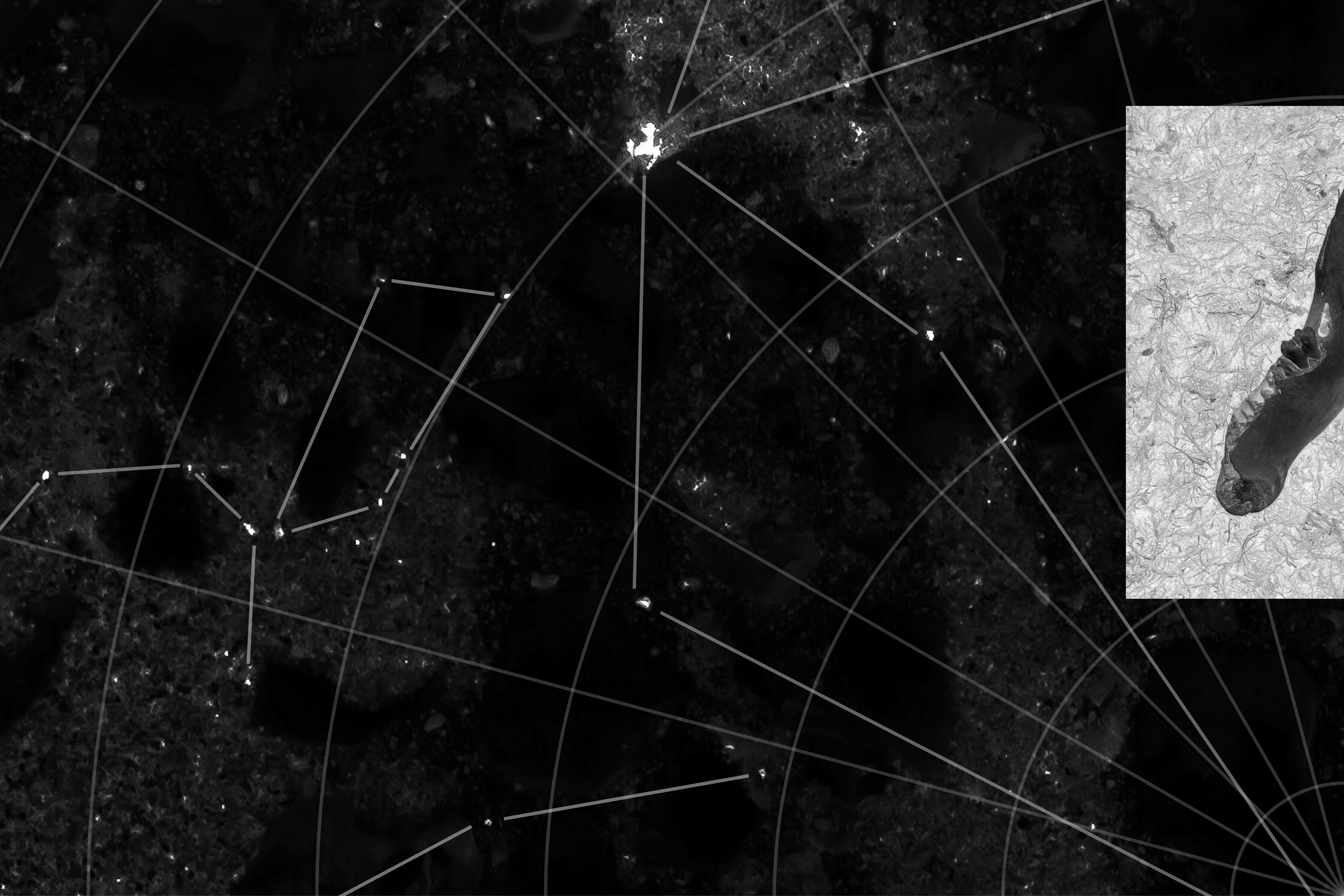

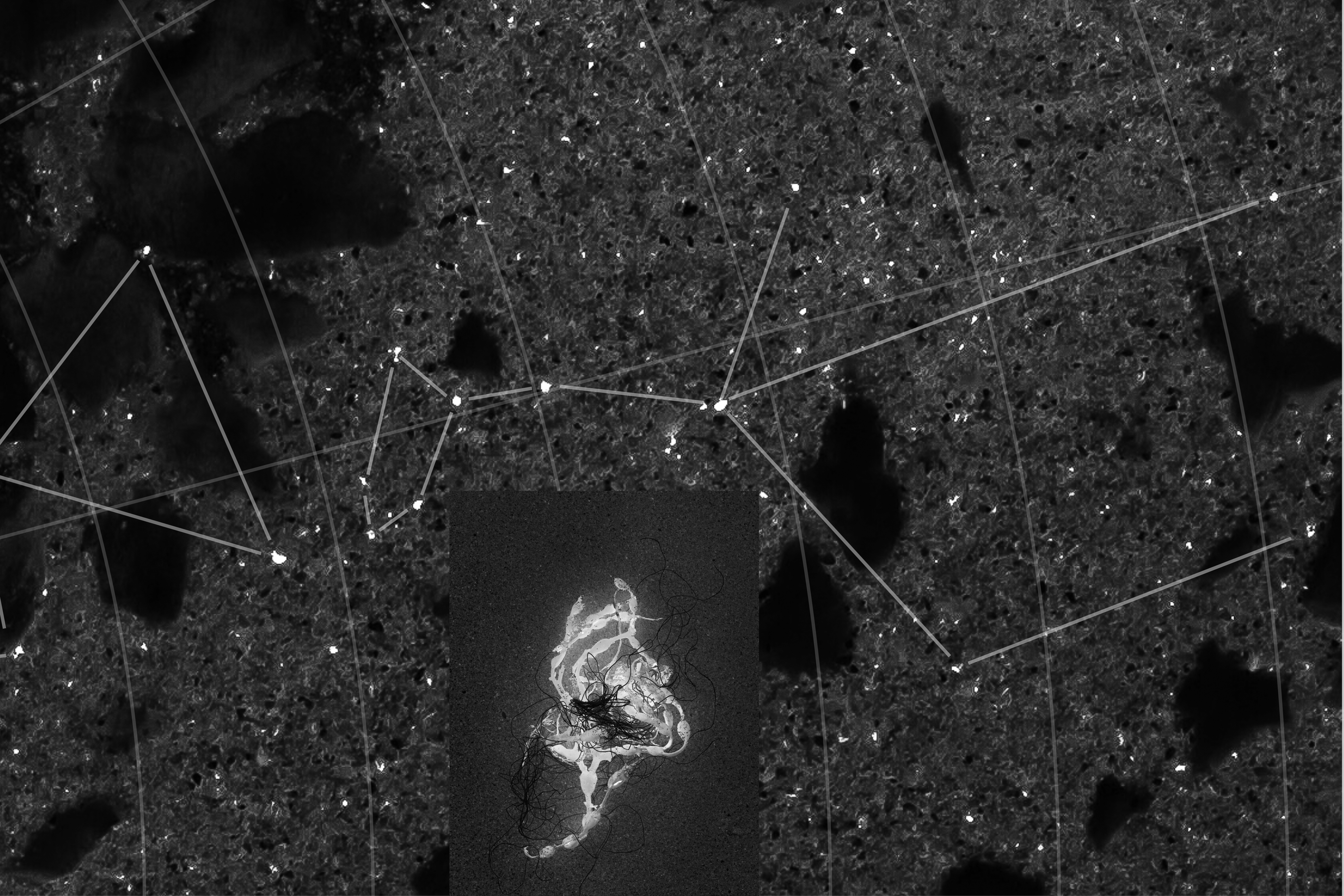
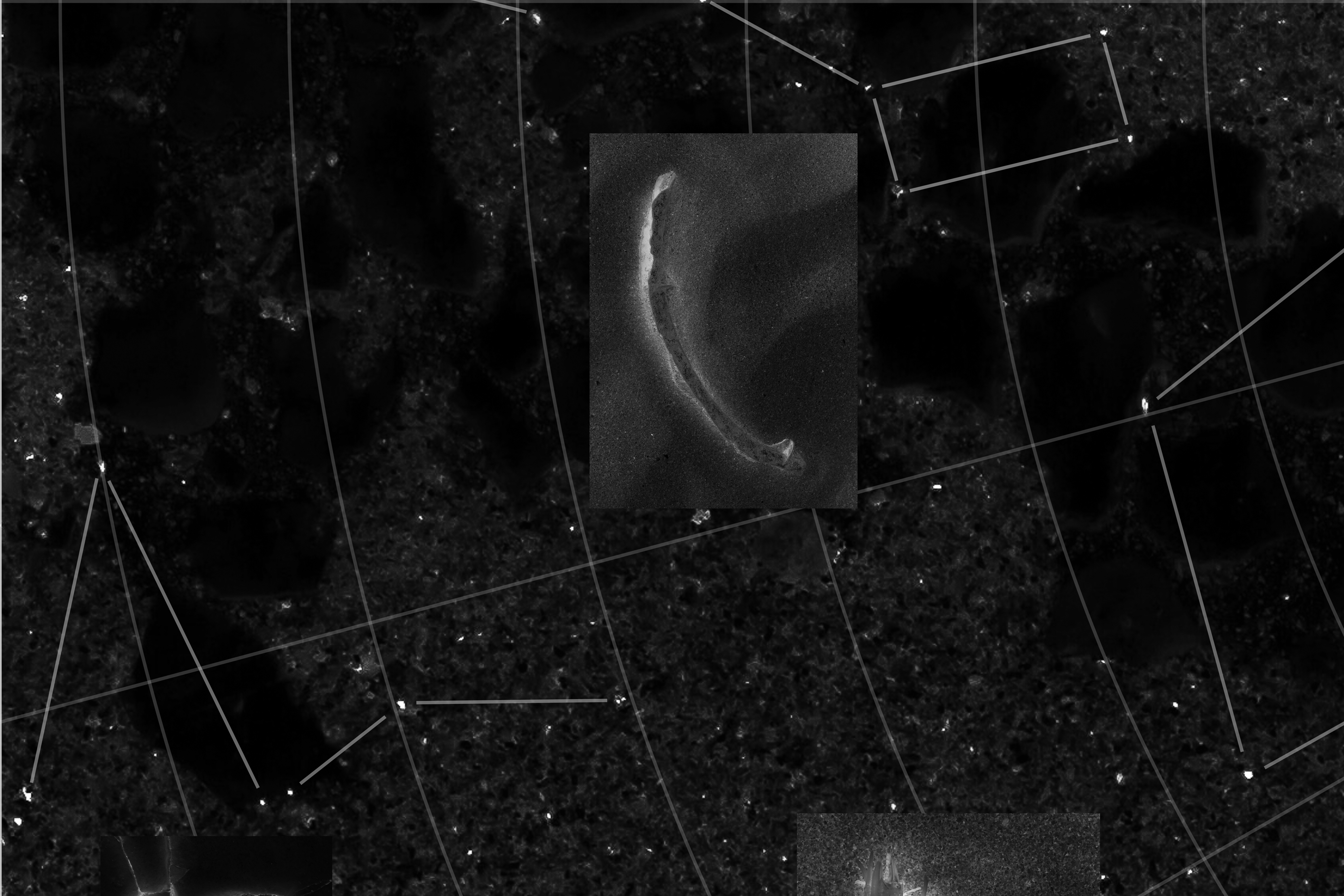
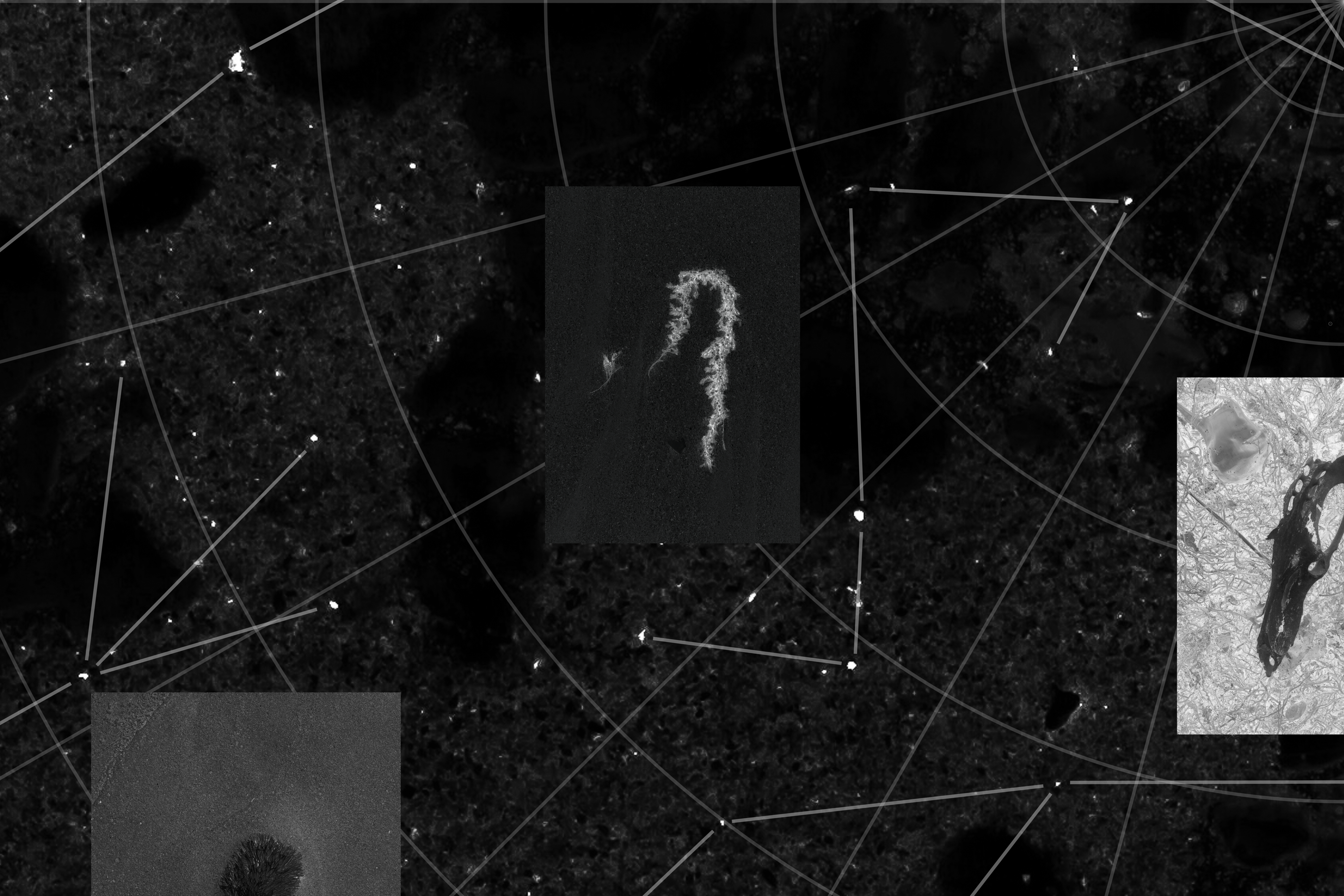
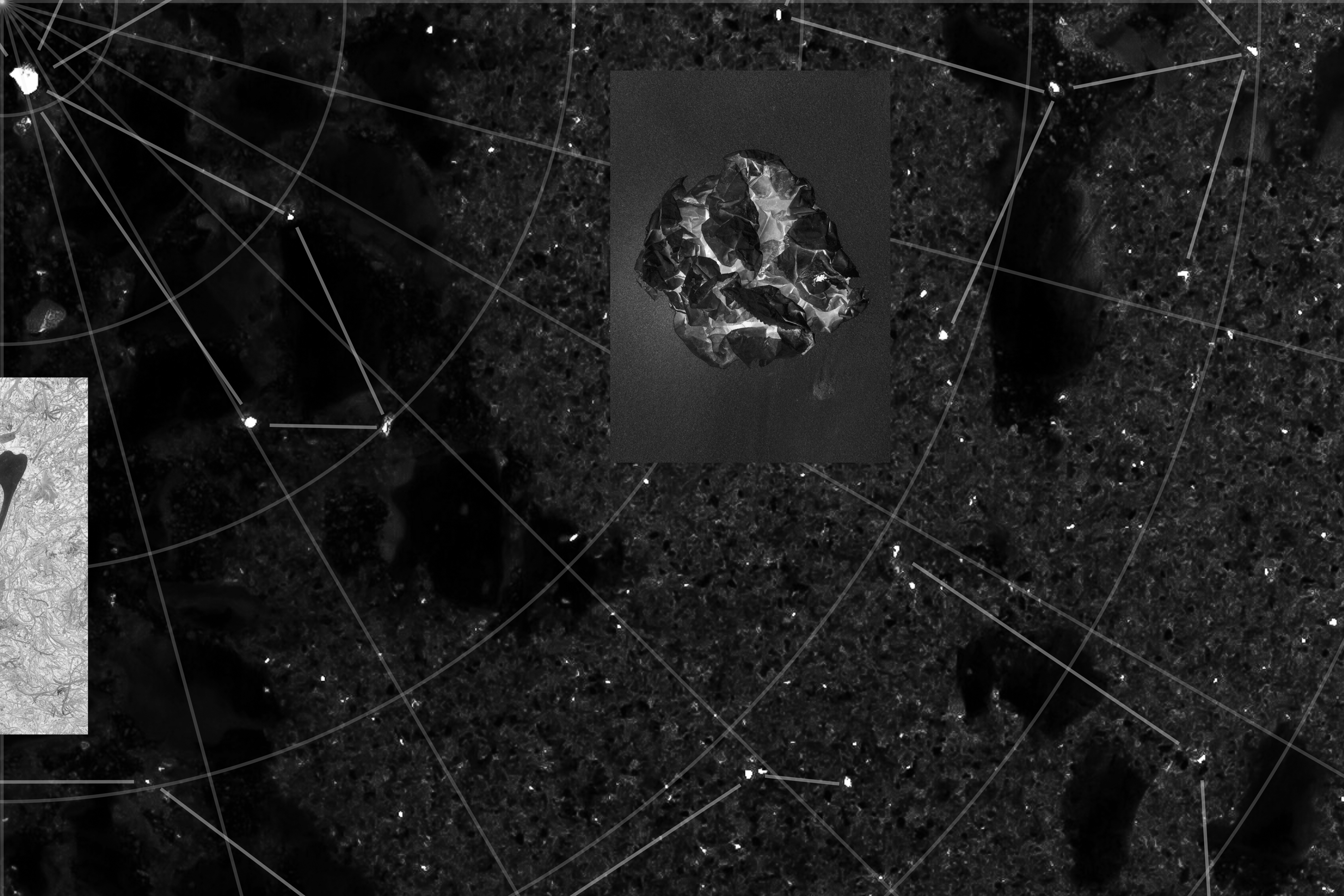
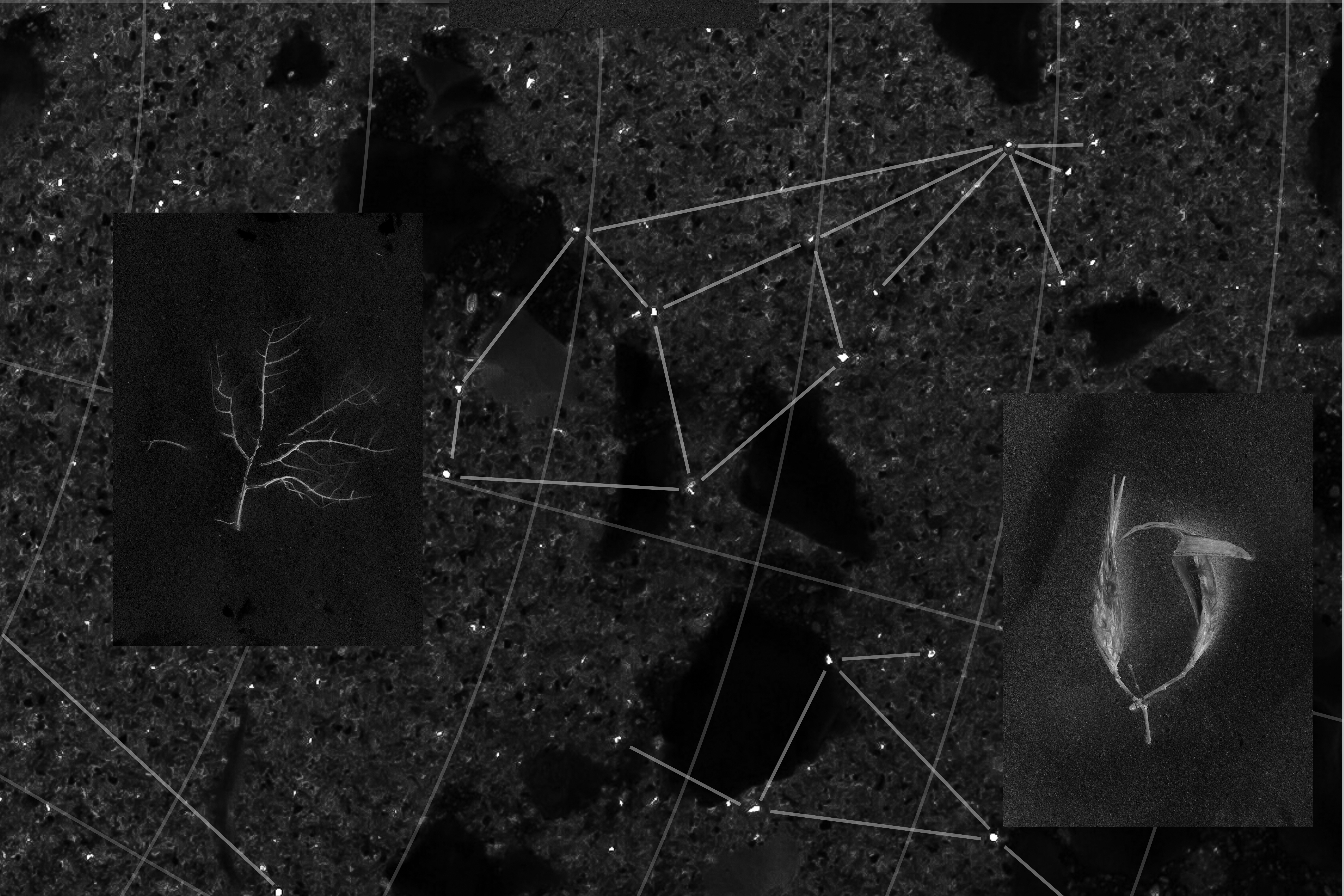
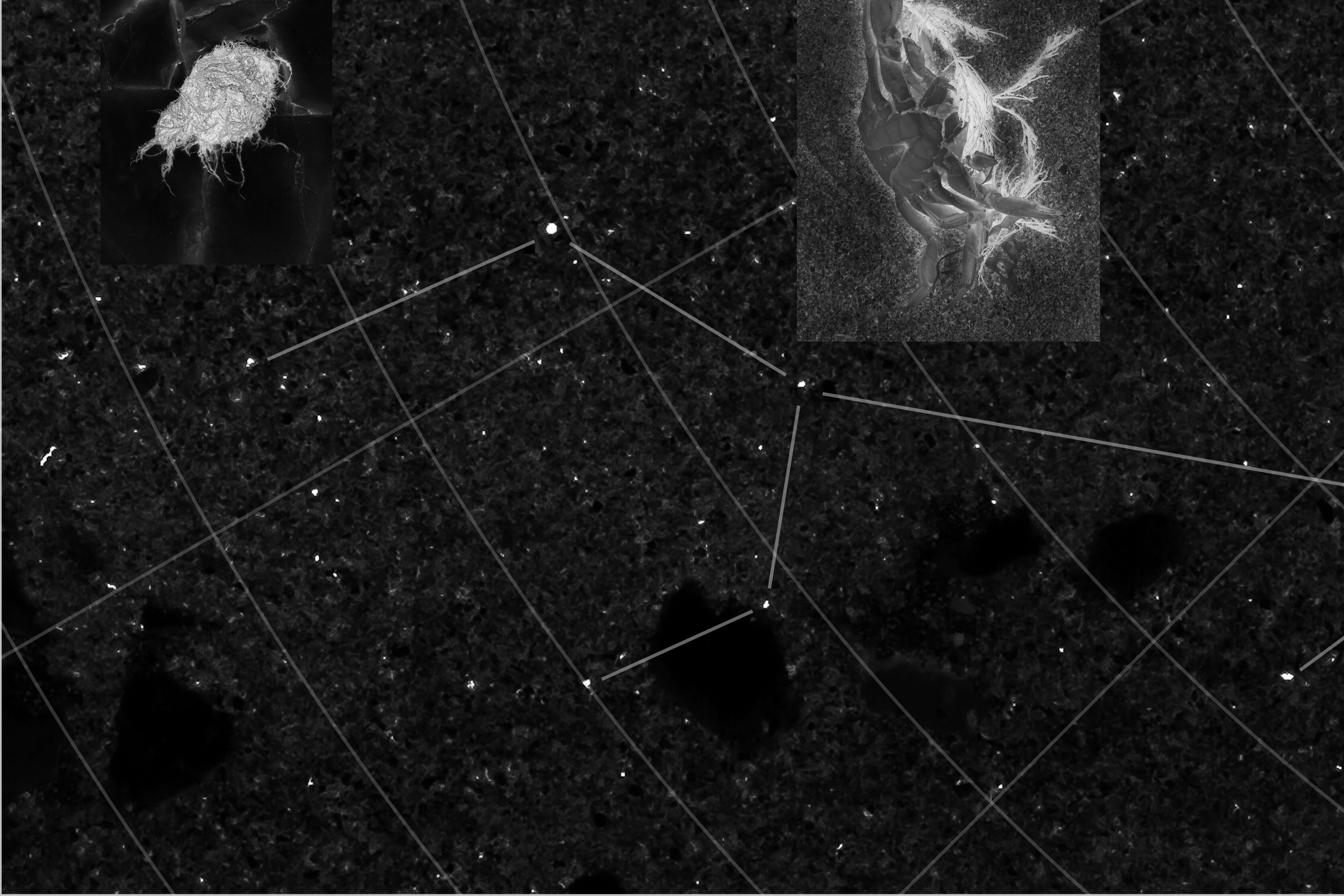



Cosmomorphic archeology
As if looking at this cosmic landscape make us travel trough time, the objects found on the shore are then called cosmofacts, referring to the notion of artefacts (archaeological objects of human origin) and biofacts (archaeological objects of natural origin). Naming them in this way reflects a vision where categorization and the dichotomy between human and nature would be abolished in a hypothetical futuristic archaeology.
As if looking at this cosmic landscape make us travel trough time, the objects found on the shore are then called cosmofacts, referring to the notion of artefacts (archaeological objects of human origin) and biofacts (archaeological objects of natural origin). Naming them in this way reflects a vision where categorization and the dichotomy between human and nature would be abolished in a hypothetical futuristic archaeology.
Cosmofacts of a terrestrial coastline
(46.148984, -1.329286)
(46.148984, -1.329286)



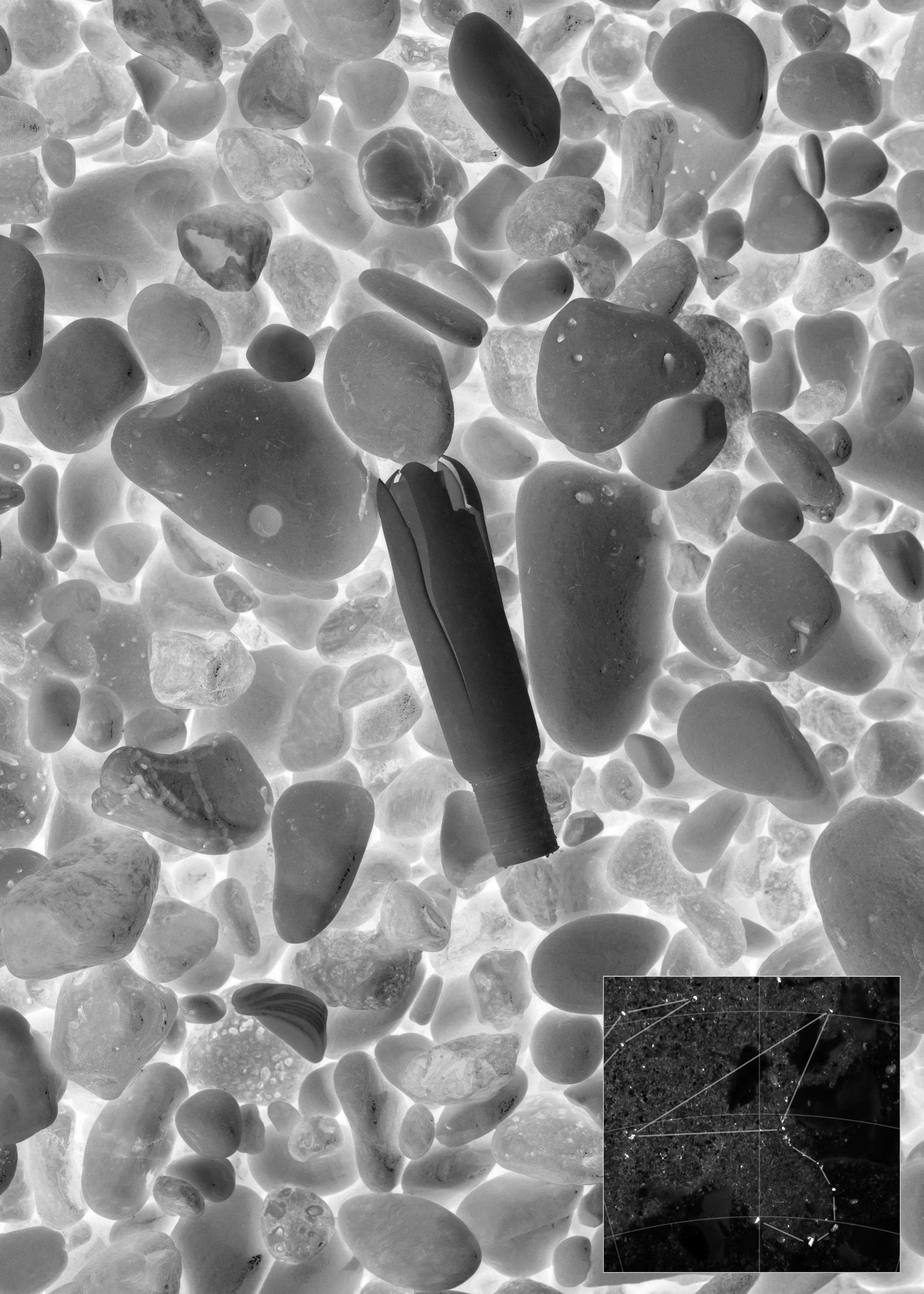

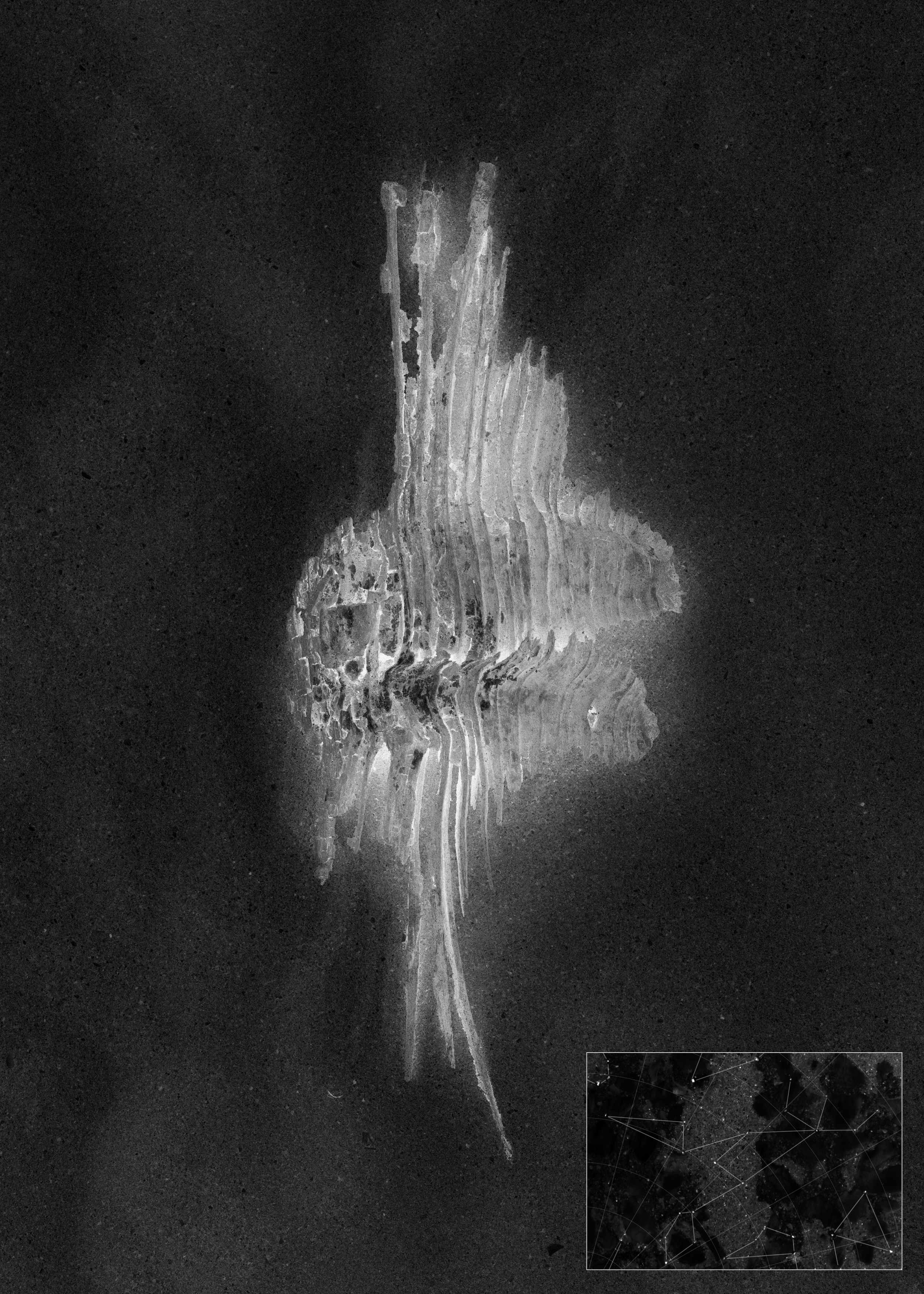

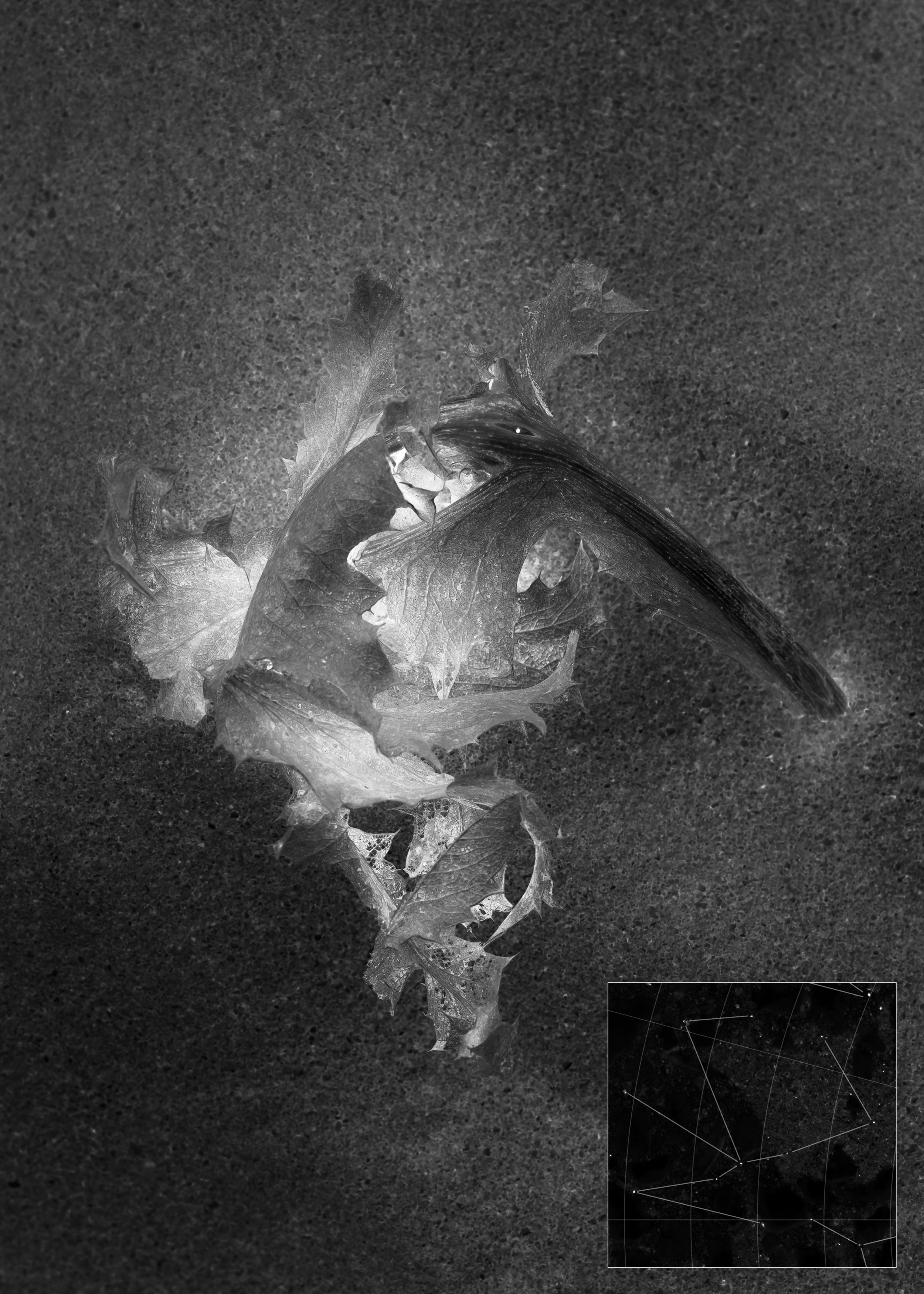


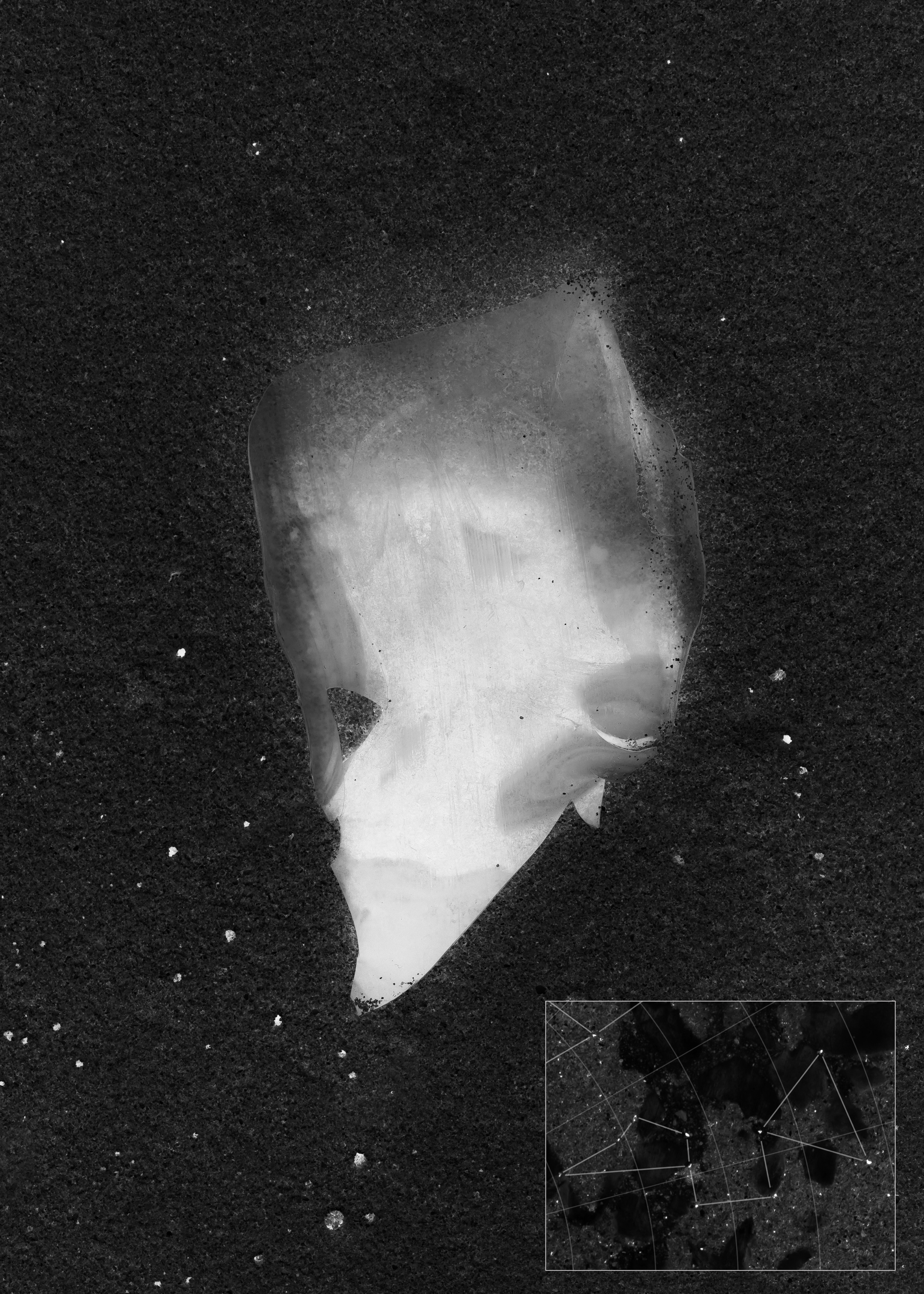

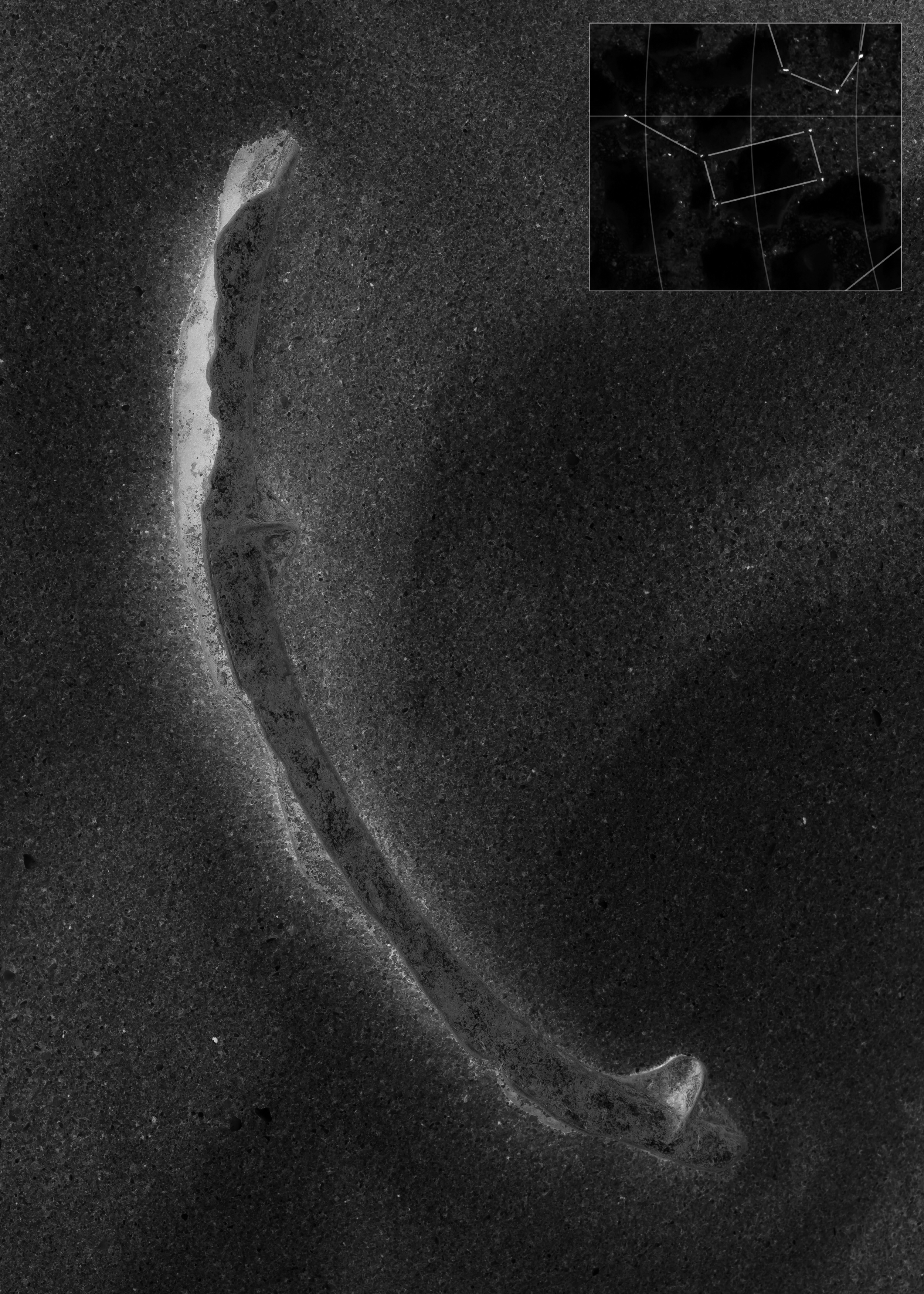

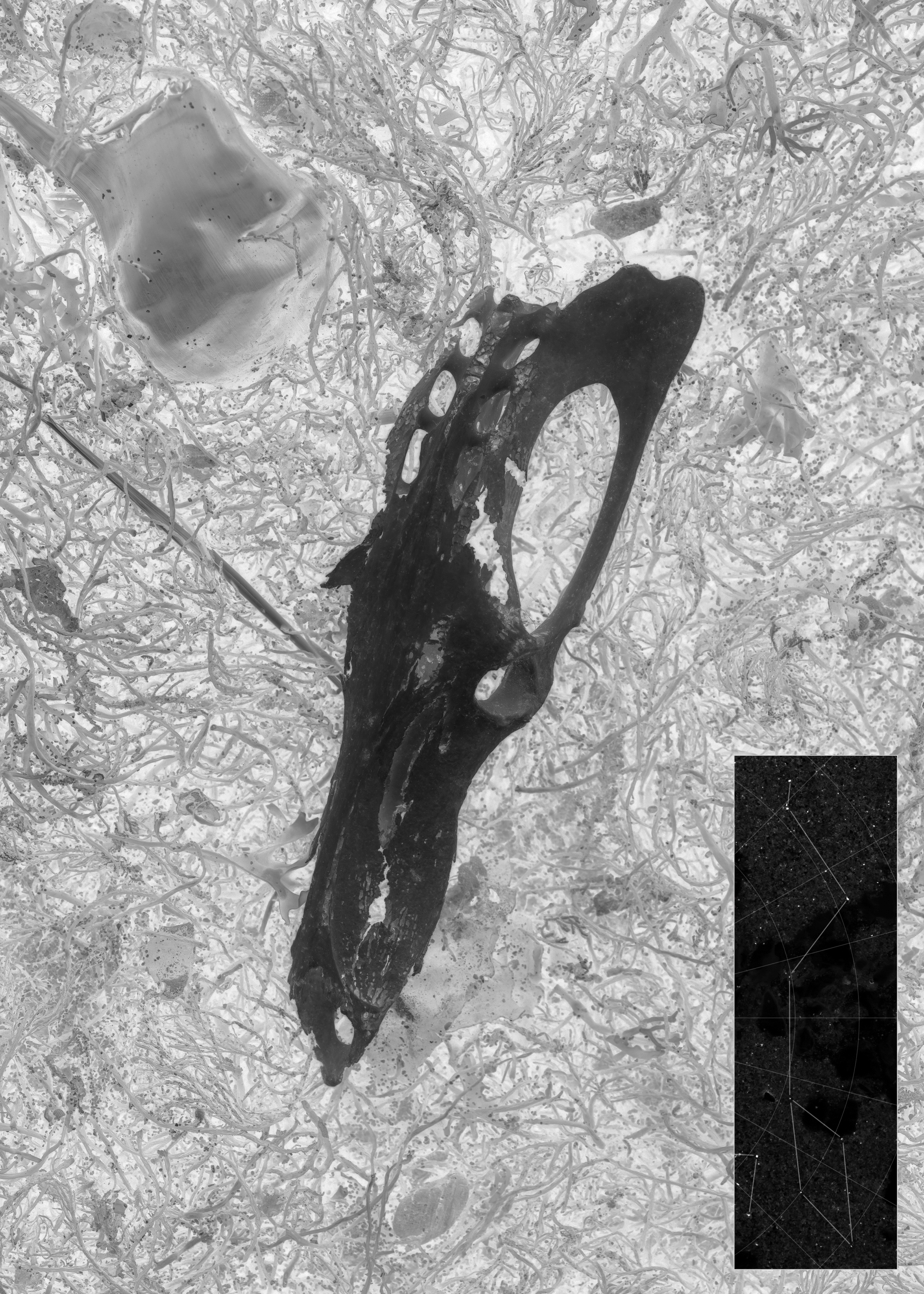
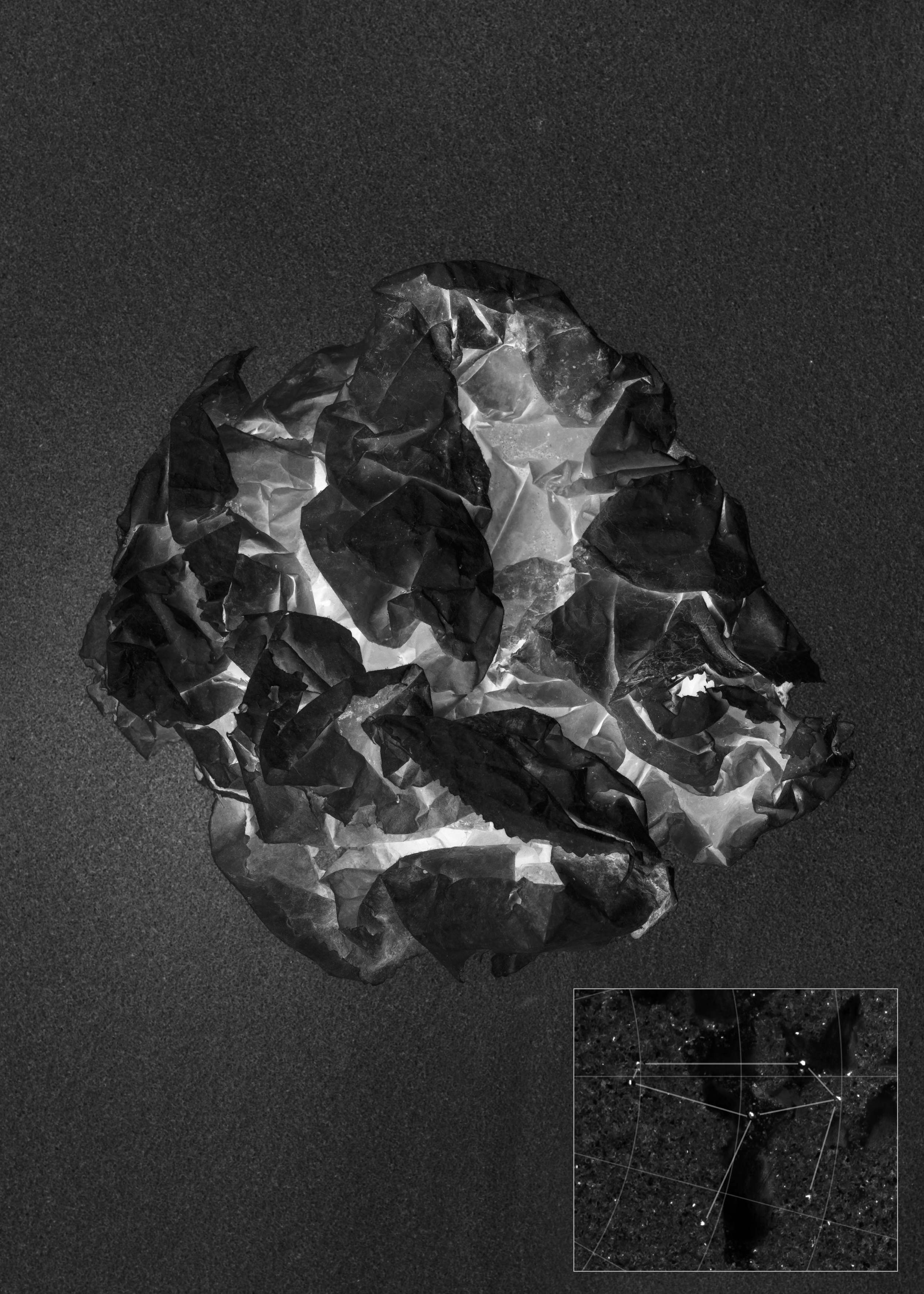
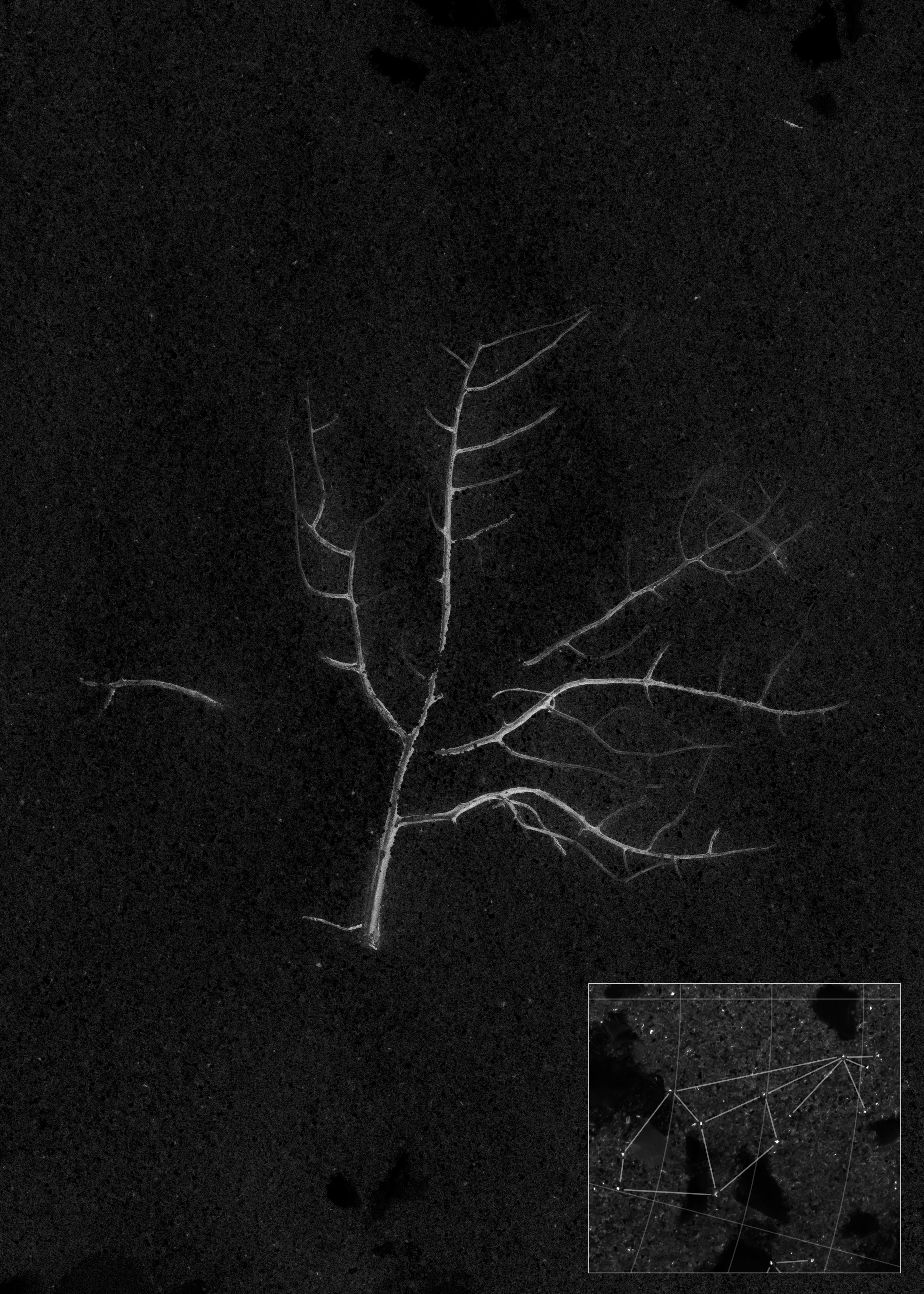


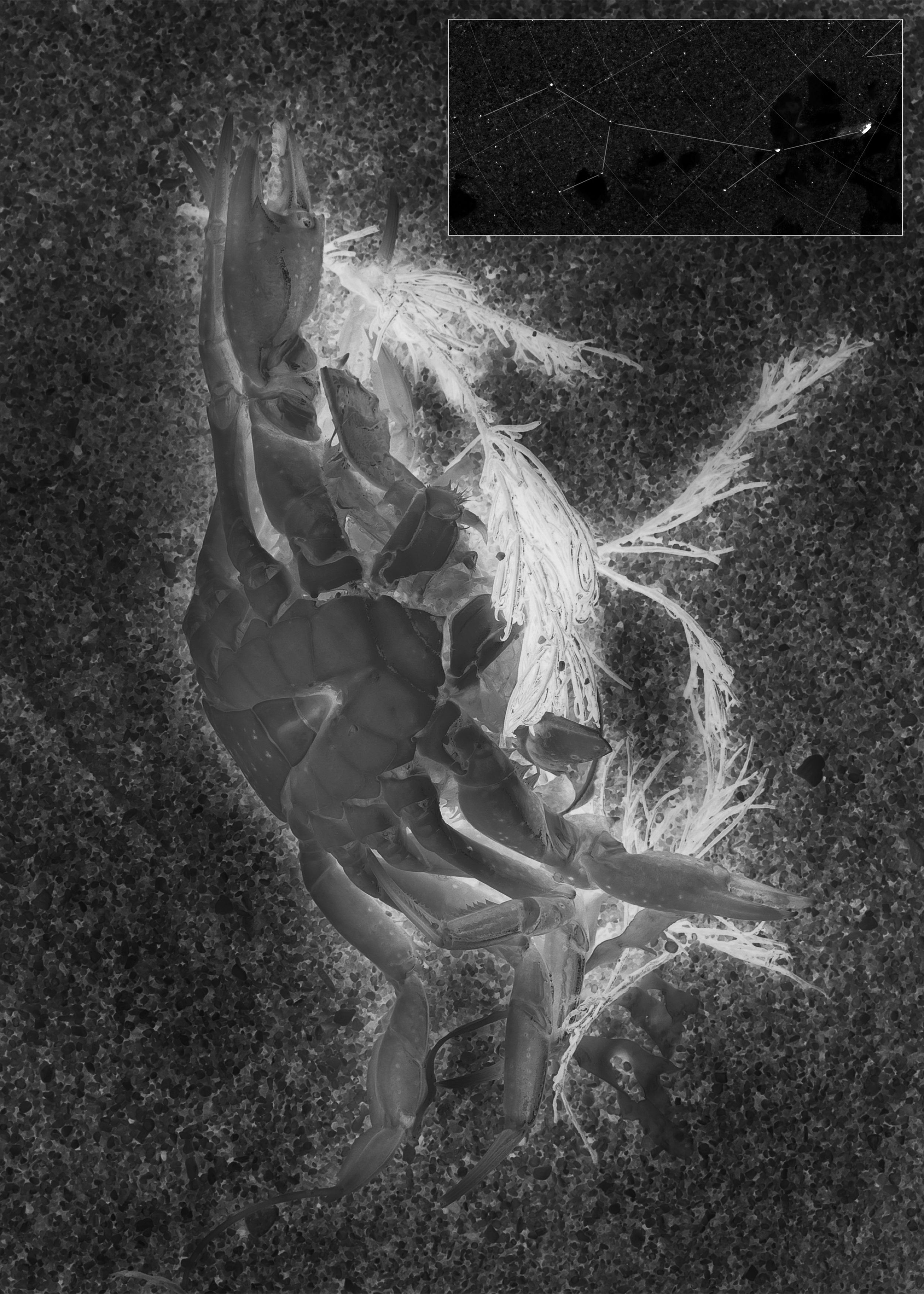

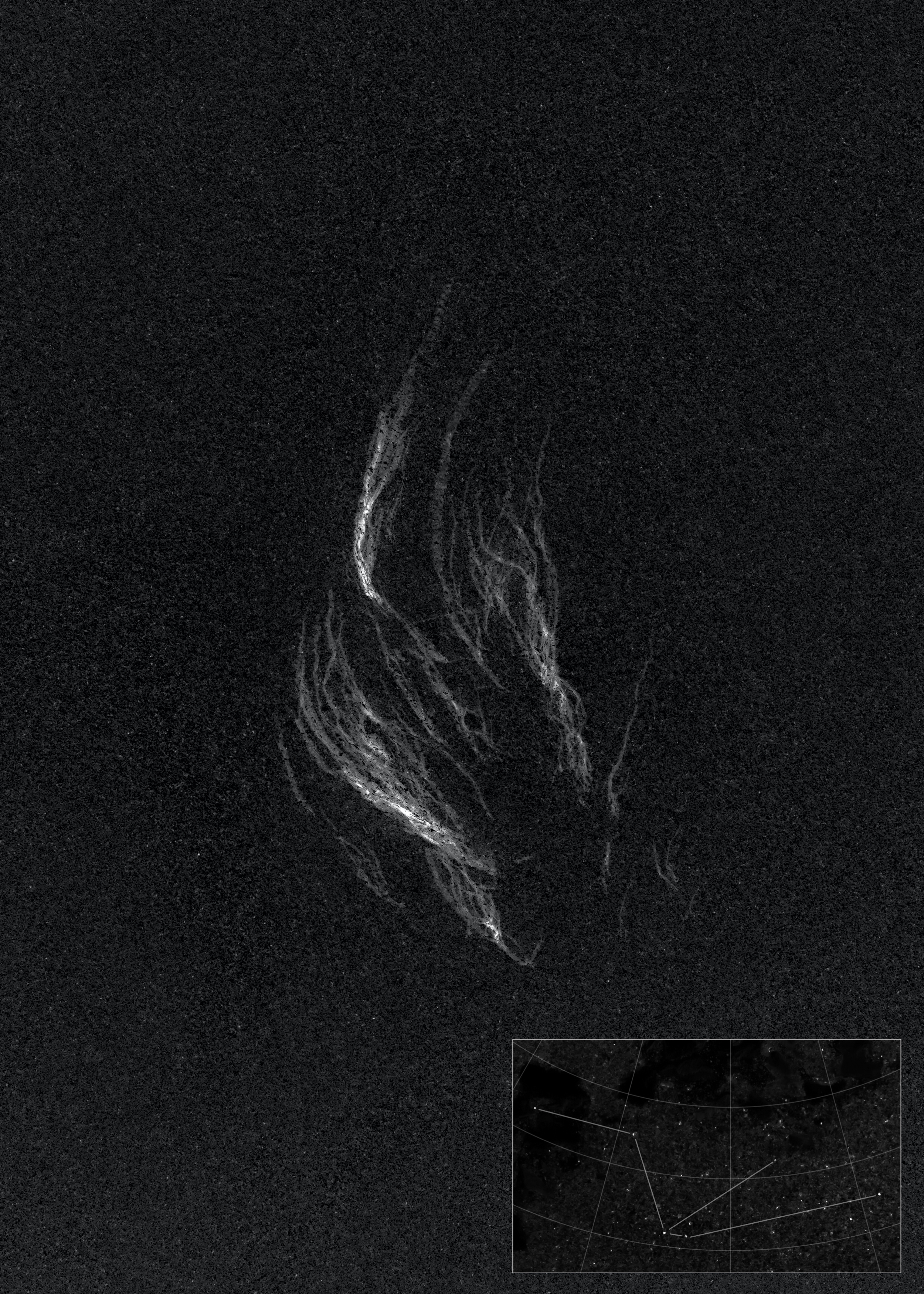



all rights reserved // charles-henri paysan // 2022
